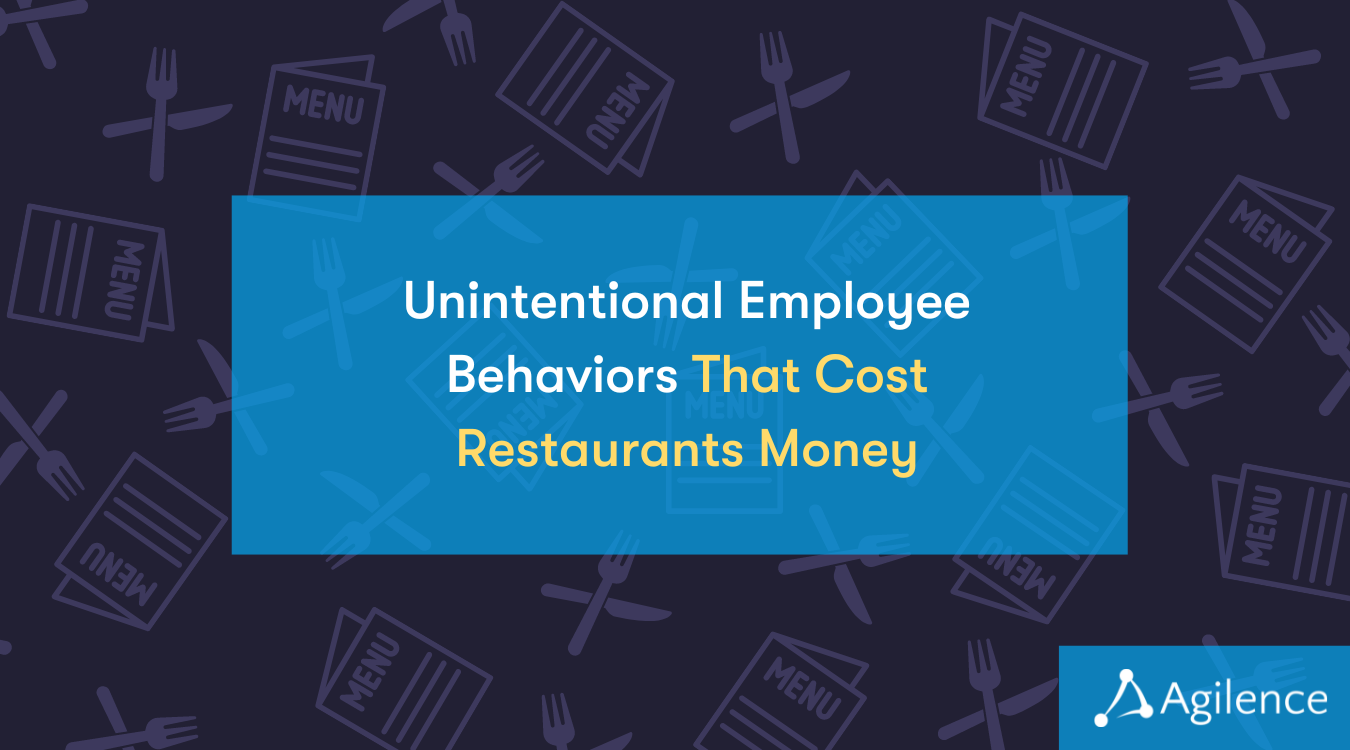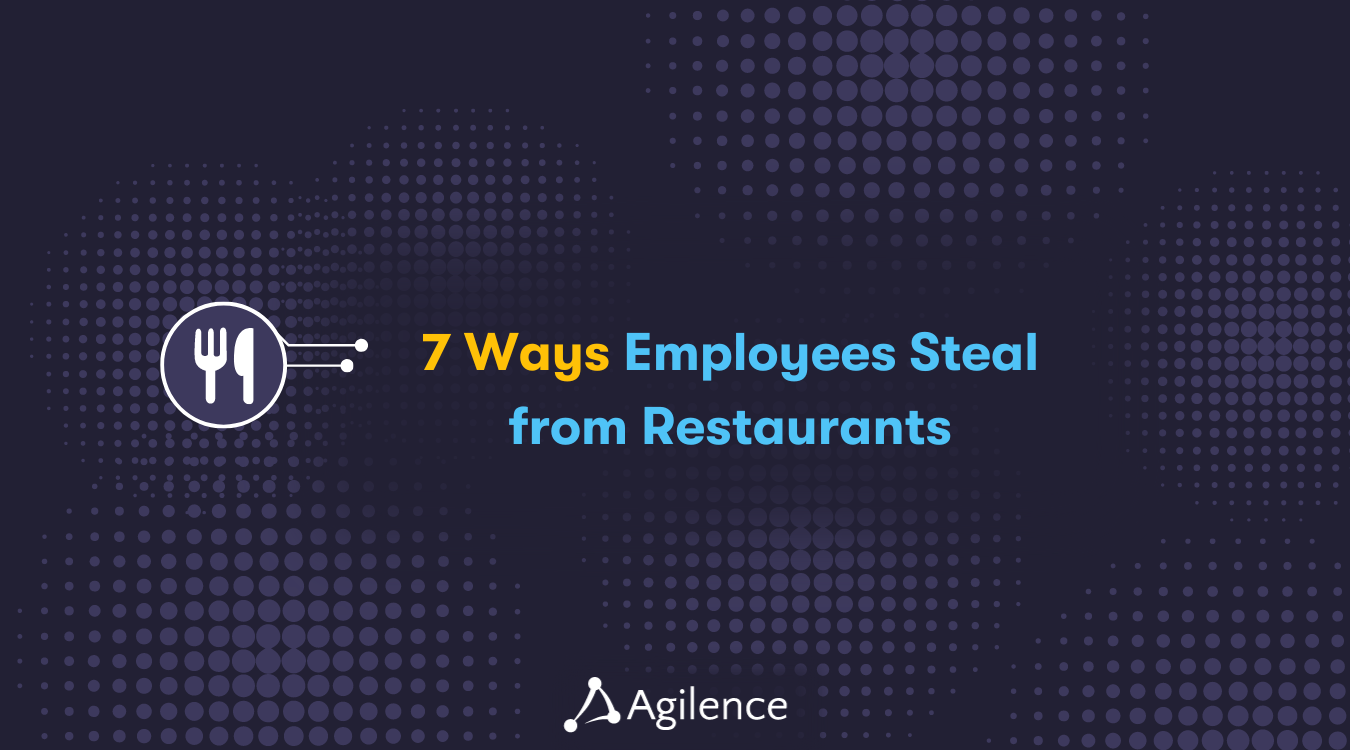How to Thwart Restaurant Employee Theft: The ‘Wagon Wheel’ Scheme
Restaurant Laura Johnson
Laura Johnson

As a restaurateur, you’d like to believe that all of your employees are honest people. While many of them are, industry surveys continue to indicate that most restaurants will experience some form of employee theft. This could range from hourly employees snacking on French fries, or managers taking home extra comp’d meals at the end of the night. It is estimated that 75% of all employees have stolen from their employers at least once.
So what if they eat a few fries now and then? It won’t impact my inventory enough to matter, right?
Unfortunately, the majority of the time, restaurant operators aren’t seeing the full picture. No matter the severity, employee theft has an impact on your bottom line, and in some cases that impact can be costly. One easy-to-commit but hard to detect, this form of employee theft is called the ‘wagon wheel’ scheme. This scheme siphons off your profits and, when committed by a number of servers, can put the success of your business in jeopardy.
What is the Wagon Wheel Scheme?
A customer walks into your restaurant, craving one of your world-famous burgers. When the waiter comes to take their order, the customer not only orders a burger but they add a commonly ordered milkshake to complement their meal. This is a typical combination at your restaurant, and your employees know it. So, when the customer is given the check at the end of the meal and pulls out cash to complete the transaction, the server returns to the register to close out the transaction and get the customer’s change. But before closing the transaction, the waiter opens a new check, transfers the milkshake from the original check to the new one, and then closes out the tab and pockets the cost of the milkshake.
Since milkshakes are commonly ordered in your restaurant, the server can assume another customer order will contain one. When this happens, the server transfers the milkshake from the open tab onto the new customer’s check. However, once the cash is received to close that tab, the server transfers the milkshake back to the open check once again, ultimately repeating the same process. Throughout the night, that server will continue to move the same milkshake on and off of the open check from the ordering customer’s check, keeping track of the number of times it is reused. If a milkshake typically costs $5.25 in your restaurant and this employee transfers the milkshake 10 times in a night, they are pocketing $52.50. The reason this scam is referred to as the ‘wagon wheel’ scheme is that if you plotted a visual representation of all of the transfers made by the server for that one milkshake item, it would look like a wagon wheel with all the spokes representing the relationship from customer checks leading back to that one milkshake.
Why does the wagon wheel scheme work?
Many restaurant owners will monitor high void activity. This is indicative of theft or possible retraining requirements. However, when using the wagon wheel scheme, the server only voids the one, single milkshake at the end of the night, raising little suspicion. In many cases, the server is the one preparing the drink as well - as opposed to the kitchen staff - making it easier to manipulate. If an item has to be sent to the kitchen, a server is less likely to manipulate it as they are now no longer the sole party involved in the scam. Many operators have little time to manually sift through every transaction to identify these transferred, low-value items, and while some POS (point of sale) systems may come equipped with a baseline monitoring system, they are typically not sophisticated enough to identify these patterns.
What can you do to identify the wagon wheel scheme?
You can implement solutions that help you automatically monitor, highlight and resolve the underlying behaviors and tactics that often go undetected, such as the wagon wheel scheme. One of these tools is our own data analytics platform, a solution designed to help you easily and quickly identify profit-draining behaviors by applying intelligent analytics to your integrated data sources to compile information and alert you when fraudulent activity like this occurs. By utilizing modern loss prevention data analytics software, you can run reports such as those targeting employees, by daypart, with high transfer activity on low-value, server-controlled items. You can also run queries that look specifically at employees with low-value item voids at the end of their shift or even track check duration. Managers can easily identify long, open checks being used as holding places for the transferred item. With modern tools, the outliers are presented in clear visual reports that easily identify the offenders.
At Agilence, we’re here to help you drive operational efficiencies, reduce your food costs that result from fraud and theft, and ensure your policies are being followed. Identifying and resolving these behaviors is what Agilence does best, ultimately protecting your restaurant’s profits by stopping theft like the wagon wheel scheme before the behavior spreads. Don’t let fraudulent behaviors keep the wheel rolling, stop the scheme with Agilence.
Learn more about how to Combat Theft & Fraud.
Related Articles

5 Ways to Reduce Restaurant Labor Costs
In the restaurant industry, serving great food is only one ingredient in the secret sauce for success. Great food may increas...
Unintentional Employee (and Manager) Behaviors That Cost Restaurants Money
While employee theft is the biggest contributor to shrink in restaurants, it’s not the only employee behavior hurting restaur...
7 Ways Employees Steal from Restaurants
Employees are the core of any business, but this is especially true in restaurants. It is the service industry after all. Alt...Subscribe to our blog
Receive free educational resources like exclusive reports, webinars, and industry thought leadership articles straight to your inbox.

